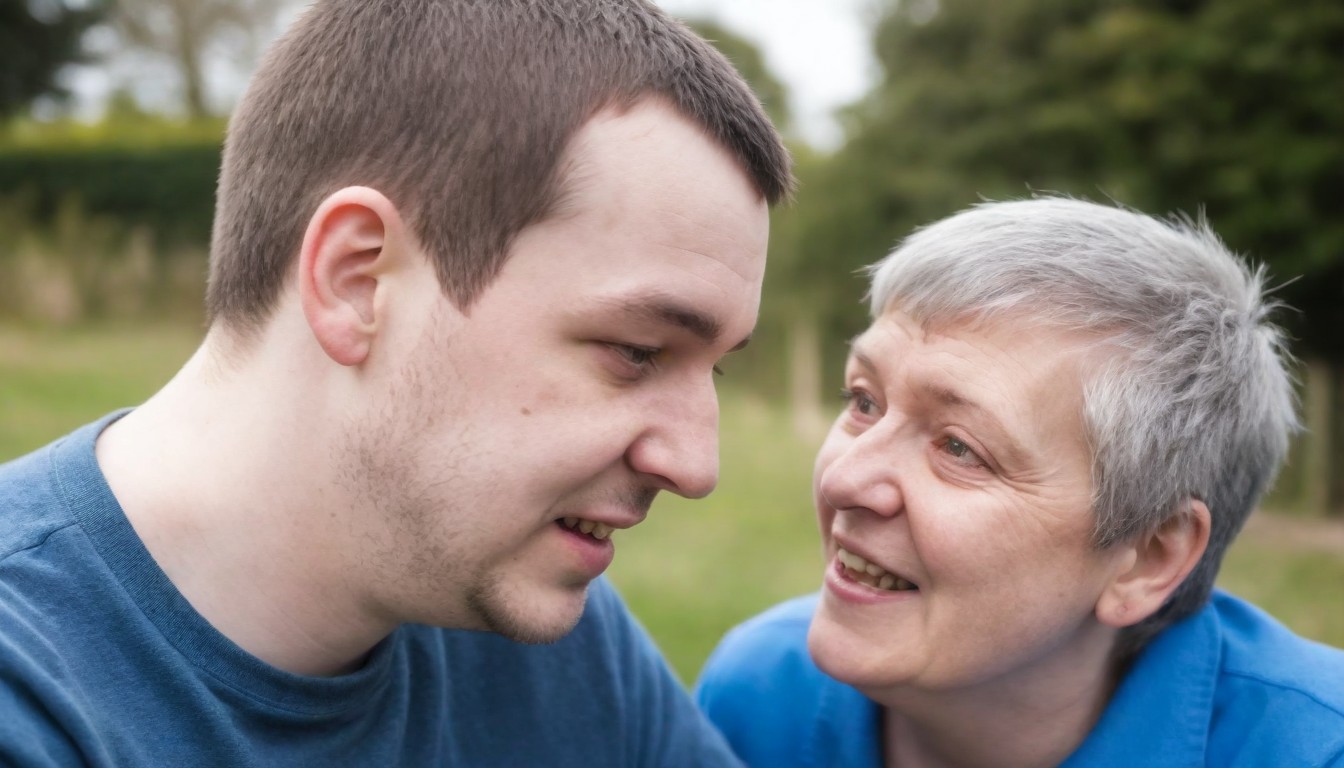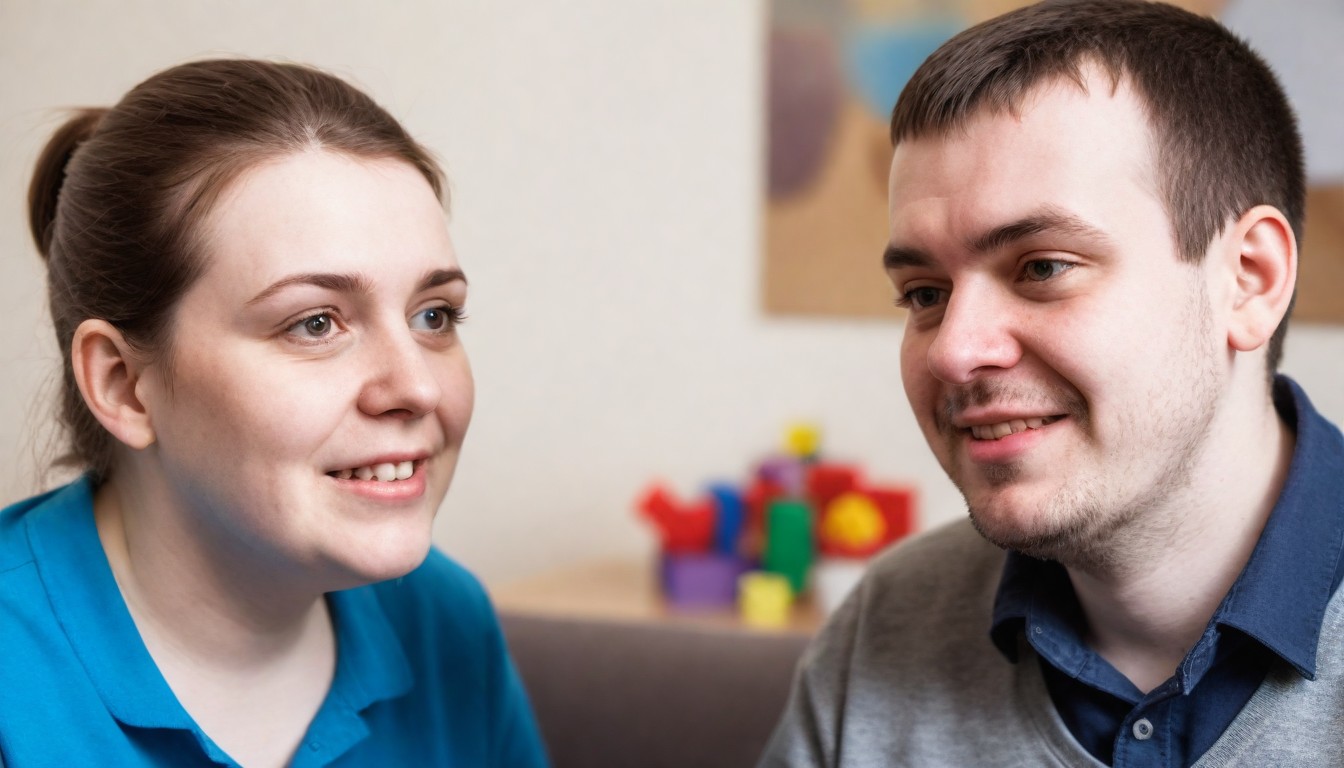Improving how we support people with autism in health and social care in means really understanding what they need and the systems we have to help.
Here are some examples of how the rights of individuals with autism can be promoted:
Personalised Care
- Making Plans Together: This means including the person with autism in planning their care from start to finish. We look at what they like, don’t like, and their goals. Tools like ‘One Page Profiles’ help share this info with everyone involved.
- Help from Advocates: Advocates are vital for helping those with autism get through health and social care systems. They speak up about what the individual wants during assessments and reviews. Training advocates about autism helps them do a better job.
Training for Care Providers
- Learning About Autism: Training should explain how autism affects people’s brains, senses, behaviour, and interactions with healthcare services. It must also cover legal duties under laws like the Equality Act 2010.
- Better Communication Skills: Teaching providers how to communicate well with people who have autism is crucial. This includes using visual aids and understanding non-verbal cues.
Making Places More Welcoming
- Adjusting Environments: Simple changes, such as softer lighting or quiet spaces can make places more welcoming for individuals with autism by reducing sensory overload.
- Creating Safe Spaces: Having areas where someone can go if they feel overwhelmed is important too. Staff need training on spotting distress signs and offering help.
Respecting Rights
- Following The Law: Regular checks ensure services are fair for people with autism, following laws designed to protect their rights.
- Putting Policies into Action: Local strategies must be actively used by local health providers working together to improve support based on community needs.
Working Together
- Teamwork Across Professions: Doctors, nurses, social workers – all these professionals should work together closely, which might include experts in autism advising on best practices.
- Community Programs: Activities that help integrate individuals into society could involve learning social skills or finding jobs supported by awareness campaigns aimed at increasing acceptance.
Helping Families Too
- Resources: Offering simple information about living daily life while supporting someone with an autistic family member makes a big difference.
- Training for Carers: Providing knowledge on managing behaviours or developing communication skills alongside emotional support recognises carer efforts.
These steps require everyone – government bodies, service providers, families – to pull together towards a common goal: making sure our system supports those living every day within it most effectively possible – especially those diagnosed within the spectrum of ASD (Autism Spectrum Disorder).




